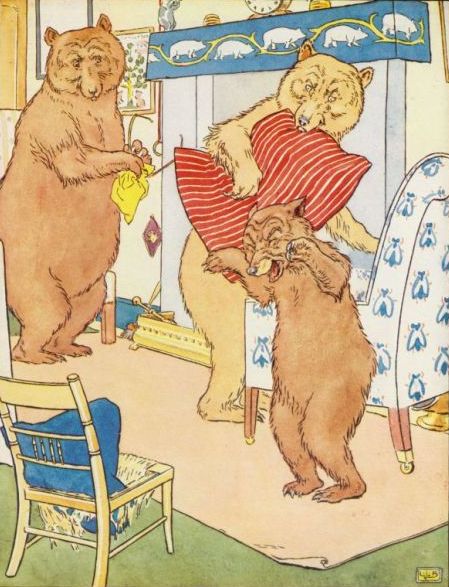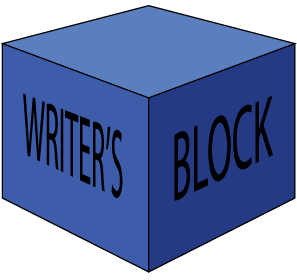
Source: The Golden Goose Book, L. Leslie Brooke.
Project Gutenberg.
Whenever you have a creative assignment, you ask, “What can I write?” You stare at a blank piece of paper or the computer screen, yet nothing comes to you. You wait for inspiration, but none comes. You panic and think your head is empty, void of original ideas. You conclude that you are not the creative sort or that you didn’t inherit a writer’s genes. You might even think you have writer’s block. Successful writers like Lemony Snicket don’t wait for inspiration; they start writing. Like athletes who warm up their muscles, writers warm up their brains. They freewrite to think.
How does freewriting work? First, you give yourself permission to write anything, even something you will tear up later or delete from your desktop. When you allow your thoughts to ramble in a freewriting exercise, you will get some silliness for sure, but you will also produce some gems, some inspired ideas worth developing. Watch this short video to give you some more information about freewriting.

Source: Freewriting, dal6
Activity: You are now going to practice freewriting on the topic of animals. At the top of your notebook paper, write “Animals.” Keep the following guidelines in mind as you record your first thoughts. Write for five minutes, and then stop.

Source: IPSI
- Keep your fingers clicking on the keyboard. Don’t stop.
- If you get off topic, keep writing anyway.
- Pay no attention to grammar, spelling, or punctuation.
- Nobody else needs to read what you produce here.
Students aren’t the only people who sometimes suffer from writer’s block. Look at what four award-winning authors have to say about getting started.
“If I waited for perfection . . . I would never write a word.” —Margaret Atwood
“It is the beginning of a work that the writer throws away.” —Annie Dillard
“It is better to write a bad first draft than to write no first draft at all.” —Will Shetterly
“Not writing at all leads to nothing.” —Anna Quindlen